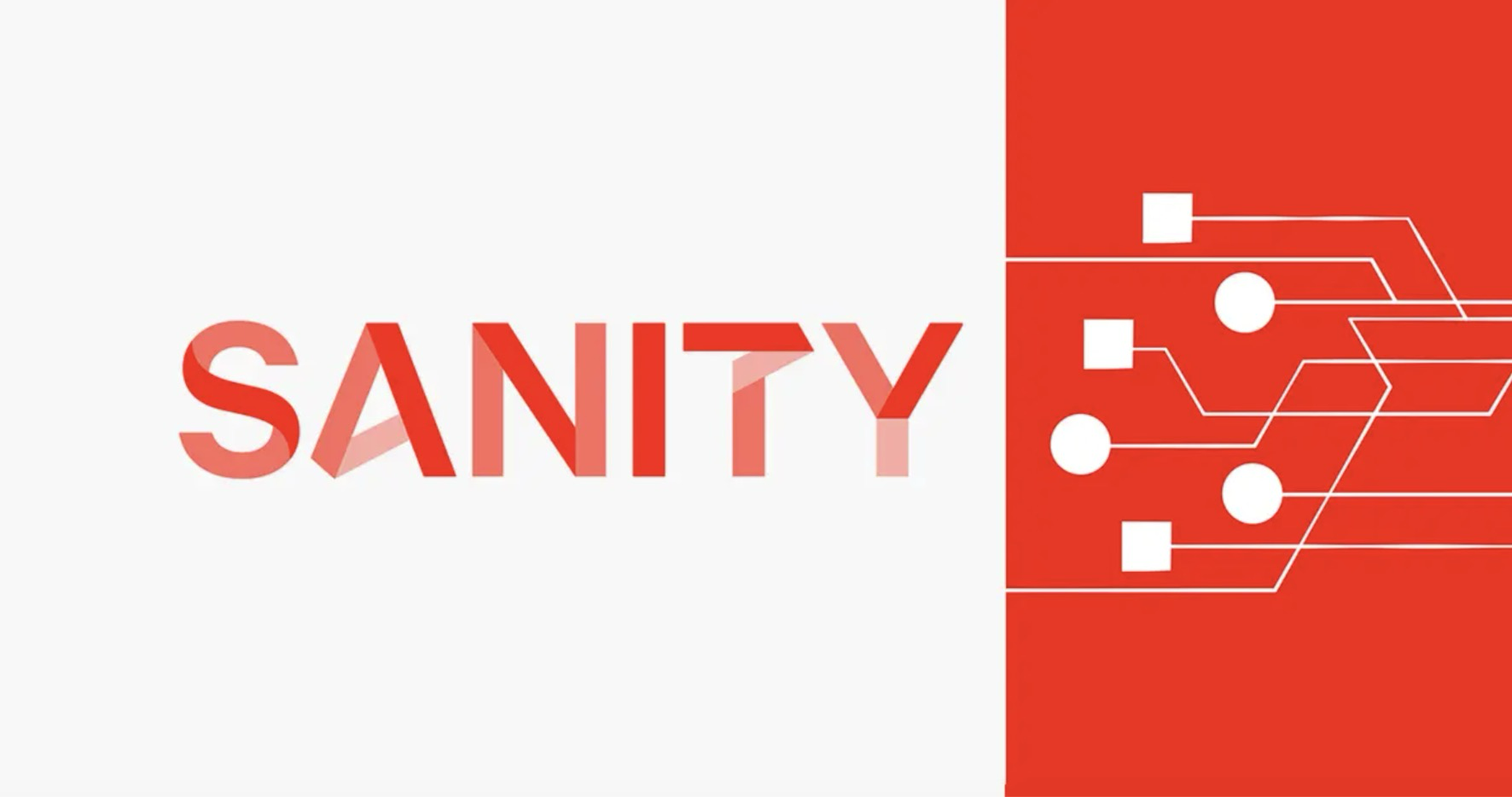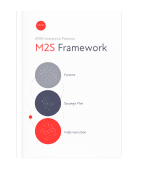The Most Cutting-Edge Technologies and Website Frameworks for High-End Web Development in 2025
The Most Cutting-Edge Technologies and Website Frameworks for High-End Web Development in 2025
In 2025, web development will continue to evolve rapidly with advancements in artificial intelligence, machine learning, quantum computing, and highly optimized frameworks. Adopting the latest technologies and frameworks is crucial for businesses looking to remain competitive and developers striving to push the boundaries of modern web applications. Below is an in-depth look at the most advanced tools, frameworks, and methodologies shaping web development this year, with practical applications for each.
1. Artificial Intelligence (AI) and Machine Learning (ML)
Overview
Artificial Intelligence and Machine Learning have become integral to creating dynamic, personalized user experiences. In 2025, AI and ML models will be more efficient than ever, driving personalization engines, automating processes, and enabling real-time decision-making for web applications.
Applications
- Personalized Content Delivery: AI can tailor website content to each user based on past behaviors, preferences, and demographic data, improving engagement and retention.
- Automation & Predictive Insights: Machine learning models can automate workflows—from fraud detection to recommendation engines—while also providing predictive insights.
Recommended Frameworks
- TensorFlow.js: A version of TensorFlow that runs in the browser, allowing developers to build machine learning models directly in web applications.
- Brain.js: A lightweight JavaScript library for neural networks, perfect for integrating basic machine learning capabilities into web apps.
Example Technologies
- OpenAI GPT-4: Used for powering intelligent chatbots and virtual assistants, enabling websites to have conversational interfaces.
- PyTorch: A flexible machine learning library that can integrate with backend systems to provide real-time analytics and learning.
Best Use Cases
- Content-rich Platforms: AI and ML frameworks are particularly useful for media sites, eCommerce platforms, and personalized marketing campaigns, where dynamic, real-time content is crucial.
2. Progressive Web Applications (PWAs)

Overview
PWAs offer users the best of both worlds by combining native app-like experiences with the flexibility of the web. In 2025, PWAs have become even more powerful with enhanced performance, caching capabilities, and deeper integration with operating systems.
What’s New in PWAs for 2025?
- Improved Caching & Offline Capabilities: PWAs can now handle more complex data offline, making them ideal for eCommerce and media-heavy sites.
- Enhanced User Experience: Integration with APIs like Web Bluetooth and the File System Access API allows PWAs to offer native-like functionalities within the browser.
Recommended Frameworks
- Next.js: This React-based framework offers built-in server-side rendering (SSR) and static site generation, which are essential for building fast, scalable PWAs.
- Nuxt.js: A Vue.js framework that simplifies PWA development and provides SEO-friendly static site generation.
Example Technologies
- Workbox: A tool that simplifies caching and background sync in PWAs.
- Lighthouse: A performance auditing tool for assessing the quality and efficiency of PWAs.
Best Use Cases
- Cross-Platform Applications: PWAs are ideal for businesses looking to build applications that work seamlessly across desktop and mobile without maintaining separate codebases.
3. Voice Search Optimization

Overview
Voice search is a rapidly growing trend, with more users interacting with websites through voice-enabled devices like Amazon Echo and Google Home. Optimizing websites for voice search requires adjusting content and SEO strategies to match conversational queries.
Applications
Conversational SEO: Voice queries are typically more conversational and longer than text searches, requiring new SEO strategies.
Accessibility Enhancements: Voice search allows users with disabilities to interact with websites more easily.
Recommended Frameworks
Next.js: Its server-side rendering capabilities make it ideal for building websites that perform well in voice search rankings.
Gatsby: A React-based static site generator that is excellent for building SEO-friendly websites optimized for voice search.
Example Technologies
Google’s Speech-to-Text API: A tool for processing and responding to voice inputs on web platforms.
Amazon Alexa Skills Kit: A platform for building voice applications for Alexa devices.
Best Use Cases
SEO-Driven Websites: Voice search optimization is particularly relevant for content-heavy platforms like blogs, eCommerce stores, and informational websites.
4. Headless CMS

Overview
Headless CMS decouples the back-end content management system from the front-end display layer, providing greater flexibility for delivering content across multiple platforms, from web applications to mobile apps and IoT devices.
Applications
- Omnichannel Content Delivery: A headless CMS allows businesses to deliver content seamlessly across platforms.
- Agile Development: Developers can choose any front-end framework, such as React or Vue.js, while content creators manage the back-end through a headless CMS interface.
Recommended Frameworks
- Next.js: A robust option for building dynamic front-end applications using a headless CMS.
- Strapi: An open-source headless CMS that provides flexibility with REST or GraphQL APIs.
Example Technologies
- Contentful: A leading headless CMS that delivers content via APIs to any platform.
- Sanity: A customizable headless CMS that enables real-time collaboration.
Best Use Cases
- Scalable Websites: Headless CMS is perfect for enterprises or websites with heavy content requirements, ensuring scalability and flexibility.
5. Internet of Behavior (IoB)

Overview
The Internet of Behavior (IoB) combines data analytics and behavioral psychology to understand user actions and tailor experiences accordingly. In 2025, IoB is being used to create more personalized and predictive user interactions.
Applications
- Behavioral Targeting: IoB helps businesses craft more personalized marketing strategies based on user behavior.
- Customer Retention: Businesses can intervene quickly to prevent churn or enhance engagement by predicting user actions.
Recommended Frameworks
- Vue.js: A lightweight front-end framework perfect for building dynamic, behavior-driven applications.
- React: A front-end library that works well for developing responsive, real-time IoB-driven applications.
Example Technologies
- Segment: A platform that tracks and personalizes user experiences based on behavioral data.
- Google Analytics 4: A tool that offers advanced user behavior tracking and predictive insights.
Best Use Cases
- Personalized Marketing: IoB is especially useful for eCommerce platforms and media companies looking to create tailored user experiences.
Conclusion
In 2025, web development will be powered by cutting-edge technologies like AI, PWAs, IoB, and headless CMS, with frameworks like Next.js, Nuxt.js, and Strapi leading the charge. By understanding and utilizing these advanced tools, developers and businesses can build future-ready, scalable, and engaging web applications that meet the demands of a fast-evolving digital landscape.



%201.svg)
%201%20(1).png?width=700&height=392&name=Salesforce.com_logo%20(1)%201%20(1).png)





